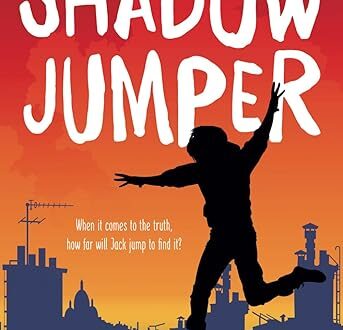Haiku—Writing Fun Poems
Haiku poetry is a type of short form poetry that originated in Japan.
It usually comprises three lines with a total of 17 syllables in a 5-7-5 pattern. It also often includes a kireji, or a cutting word that creates a pause or contrast, and a kigo, or a seasonal reference that sets the mood. Haiku poems are known for their simplicity and elegance, capturing a moment of beauty or emotion in nature or everyday life. Some famous haiku poets are Matsuo Bashō, Yosa Buson, and Kobayashi Issa.
To write a haiku, you can follow these steps:
- Choose a topic that inspires you or makes you curious. It can be anything from a flower to a feeling.
- Think of a word or phrase that describes the season or time of year related to your topic. This will be your kigo.
- Think of a word or phrase that contrasts or complements your kigo. This will be your kireji.
- Arrange your kigo and kireji into three lines of 5, 7, and 5 syllables each. You can use punctuation or capitalization to emphasize your kireji or create a pause.
- Read your haiku aloud and see if it flows well and conveys the image or emotion you want.
Matsuo Bashō was a 17th-century Japanese poet who is considered one of the greatest masters of haiku. He wrote about 1000 haiku poems in his lifetime, many of them inspired by his travels around Japan. Here is an example of his haiku poems:
Autumn rain falling
The pond is still and silent
A frog leaps in splash
Yosa Buson was an 18th-century Japanese poet and painter who was one of the four great masters of haiku. He admired Matsuo Bashō and followed his style of using natural imagery and simple language to express deep emotions and insights. He also added his own sensibility and painterly skill to his haiku, creating vivid and colorful scenes.
Here is an example of his haiku poems:
A chestnut falls
From the eaves of the shrine
The sound of water
Kobayashi Issa was a haiku poet in the Edo period who used dialect and spoken words for haiku. He was born into a farmer family and experienced many hardships and losses in his life. His poems are known for their simplicity, humor, and compassion for all living things. Here is an example of his haiku poems:
Everything I touch
With tenderness, alas,
Pricks like a bramble
Writing a haiku poem can be fun. Take, for instance, this poem about crocodiles in space written like you are a pirate:
Ahoy, me hearties!
Space crocs are on the prowl
Shiver me timbers!
Or try writing one about your dog. Like this one:
You are my best friend
Loyal, playful, and cuddly
I love you so much
What about one about homework, like this one:
Homework never ends
Stacks of papers and books
When will I be free?
Give writing haiku poems a try. You’ll have fun and impress your friends!
AIME


